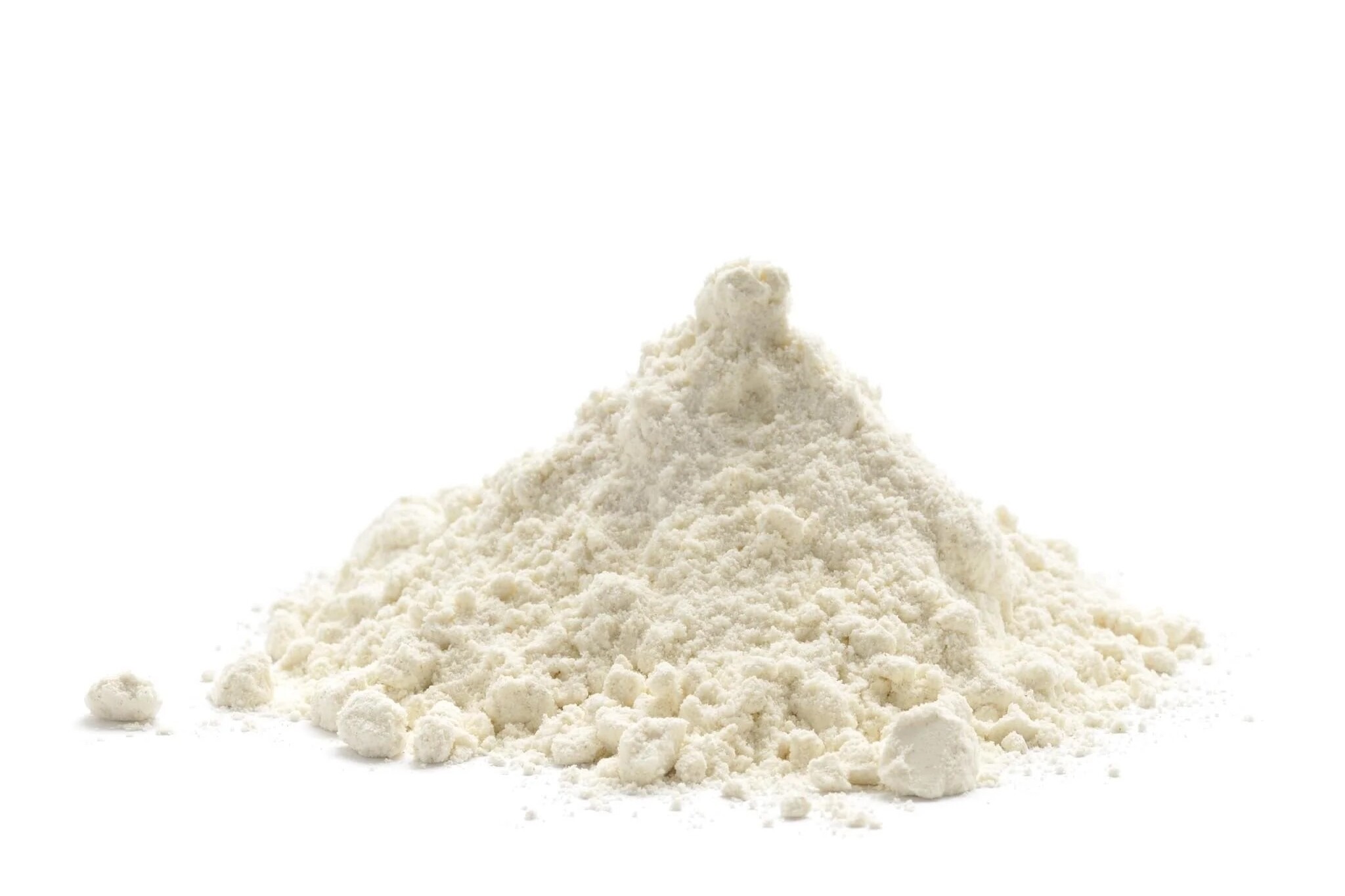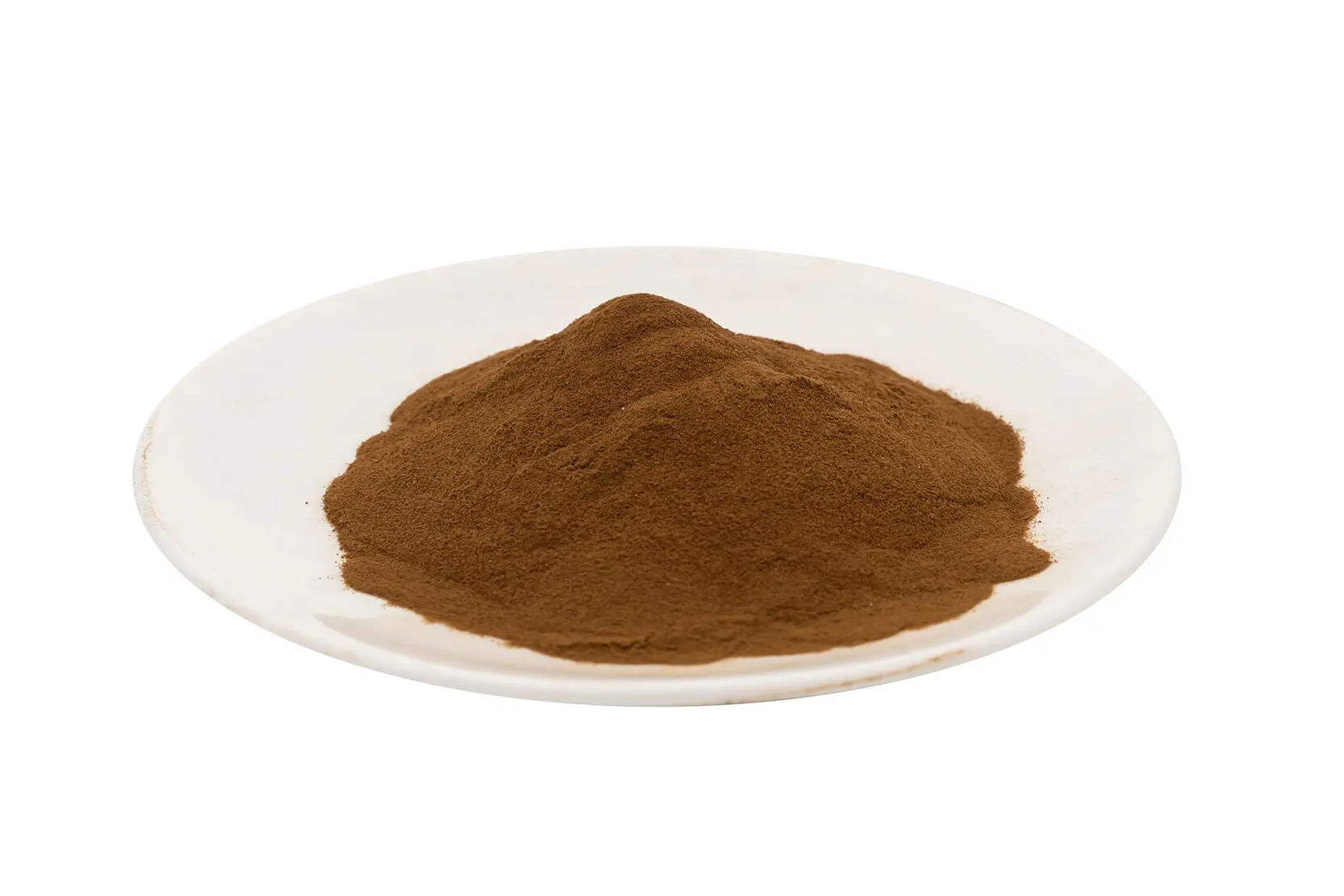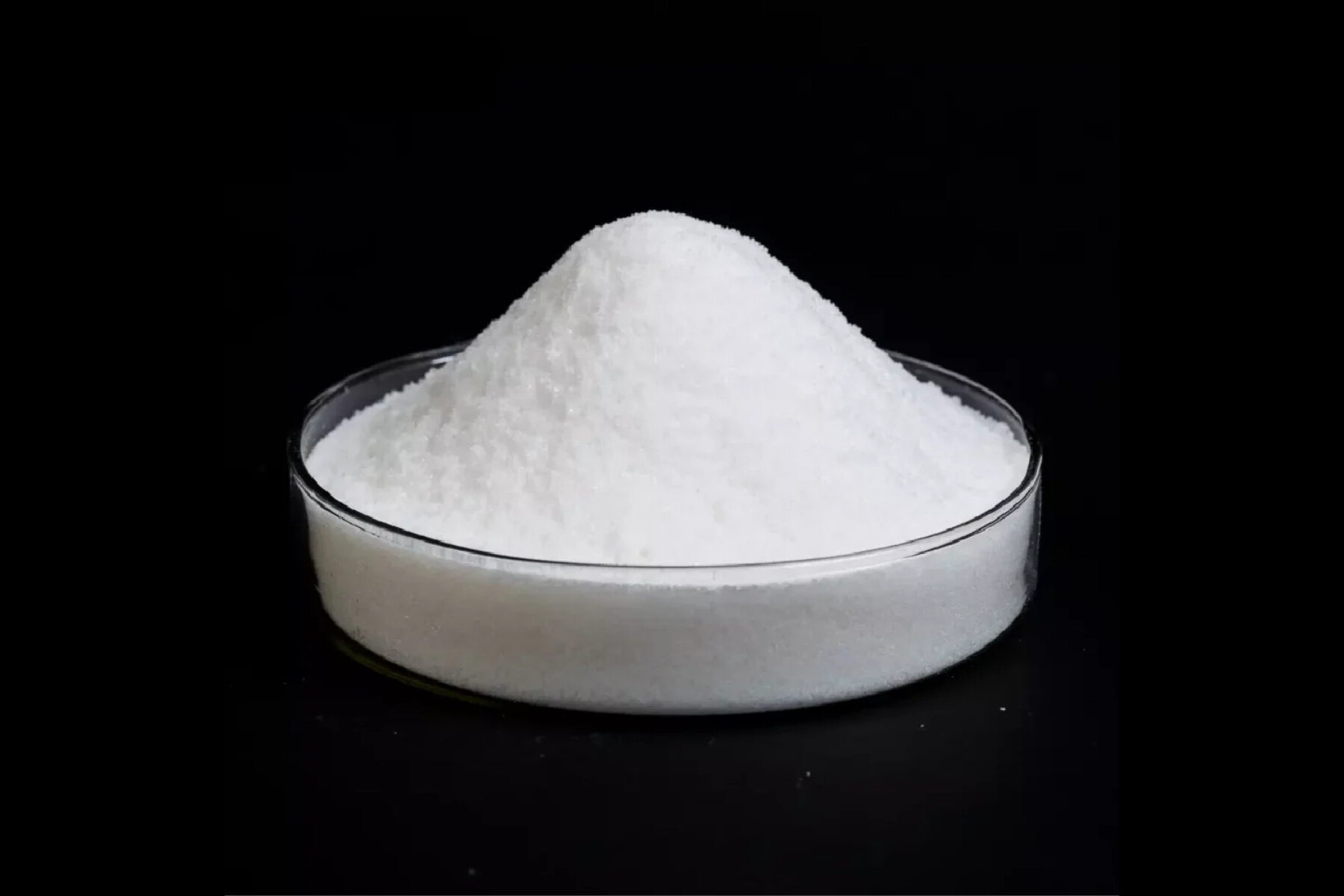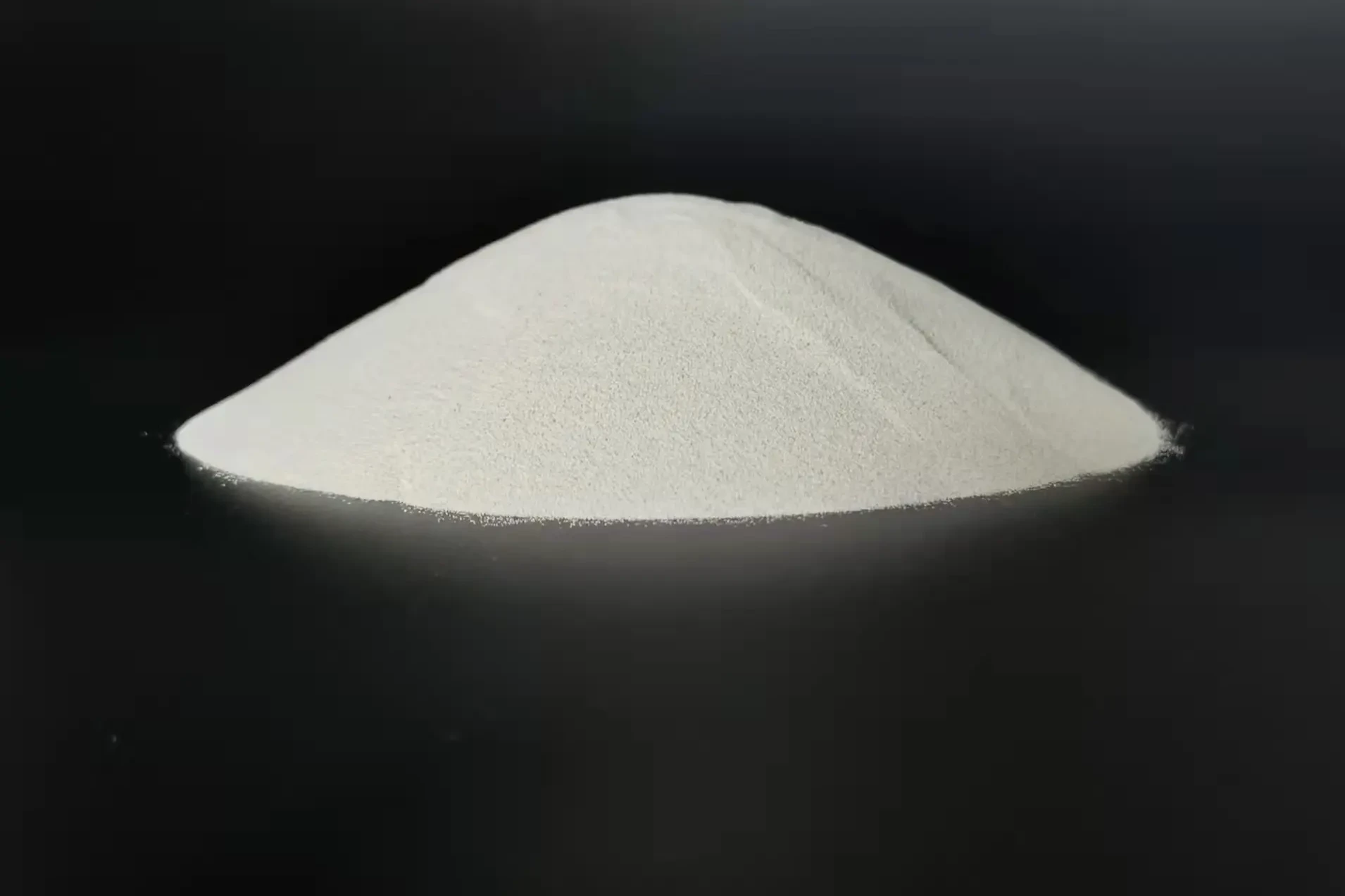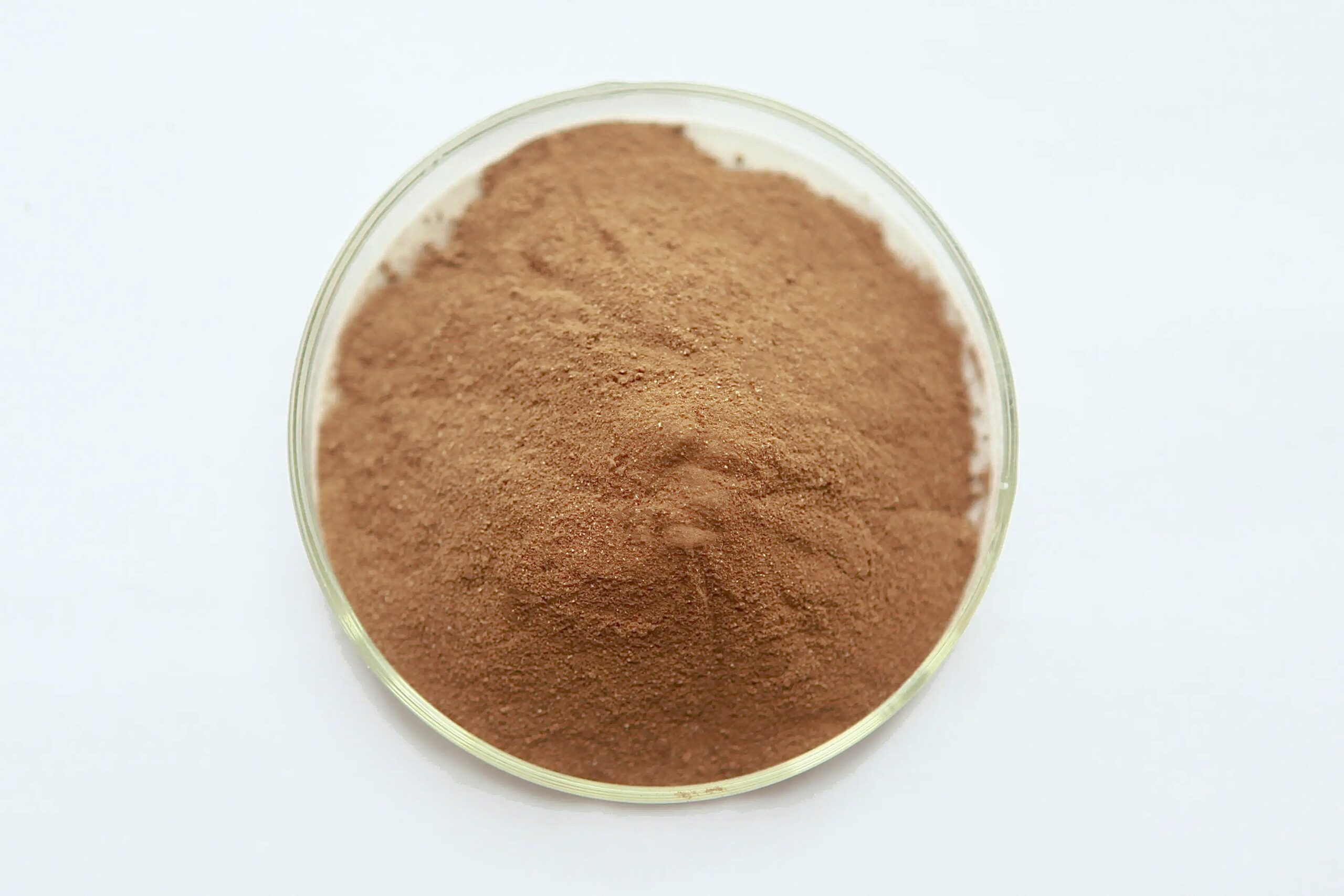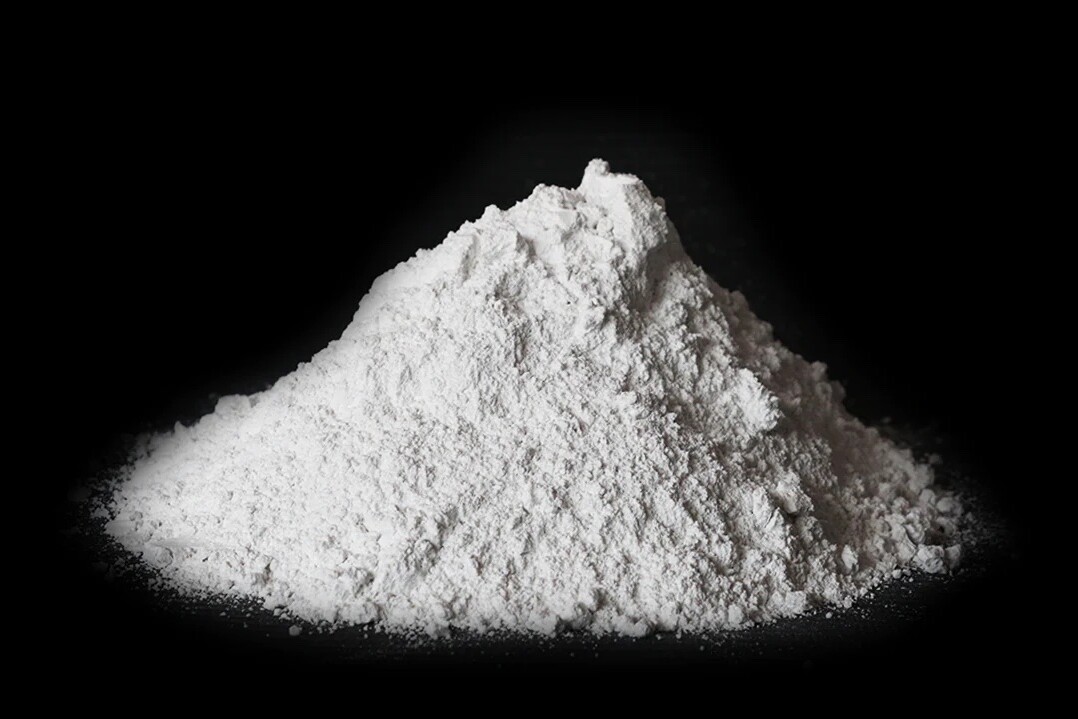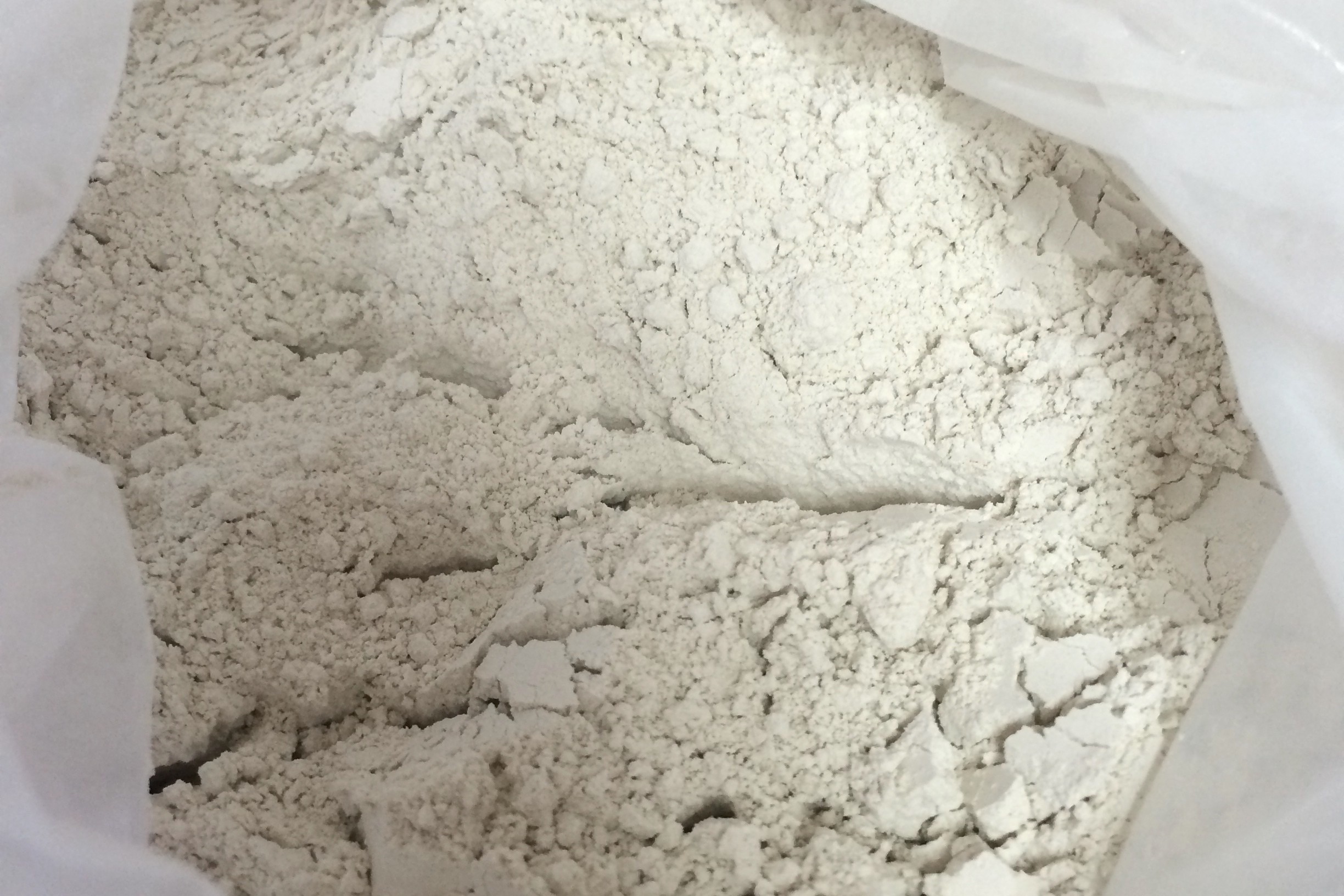In the dynamic realm of oilfield drilling, finding versatile solutions that enhance performance and efficiency is crucial. Calcium chloride, a compound with many different applications, has emerged as a key player in optimising drilling operations. Let’s explore the top five uses of calcium chloride that make it an indispensable component in the oilfield drilling toolkit.
Clay Stabilisation
One of the primary challenges in drilling is the presence of clay, which can lead to wellbore instability. Calcium chloride excels in stabilising clay formations by inhibiting the swelling and dispersion of clay particles. This results in a more secure wellbore, minimising the risk of collapse and improving overall drilling efficiency.
Dust Control
Dusty conditions can hamper visibility and create hazardous work environments during drilling operations. Calcium chloride’s hygroscopic nature makes it an excellent dust suppressant. When applied to gravel roads and drilling sites, it attracts moisture from the air, keeping dust particles at bay and promoting a safer working environment.
Brine Fluids for Increased Density
Calcium chloride is a key component in formulating brine fluids, which are essential for achieving higher fluid density in drilling operations. Increased fluid density is crucial for controlling well pressure and preventing blowouts. By incorporating calcium chloride into brine formulations, drilling engineers can tailor fluid density to meet specific wellbore requirements.
Acceleration of Cement Setting
In cementing operations, calcium chloride acts as an accelerator, speeding up the setting time of cement. This is particularly beneficial in situations where rapid wellbore isolation is required. The use of calcium chloride in cement formulations ensures timely and effective wellbore sealing, contributing to the success of drilling projects.
Ice and Snow Melting
In cold weather conditions, drilling operations can be impeded by ice and snow. Calcium chloride’s exceptional ice-melting capabilities come into play, facilitating the efficient removal of frozen precipitation from drilling sites and access roads. This helps maintain operational continuity and ensures a safer working environment for drilling personnel.
The multifaceted uses of calcium chloride in oilfield drilling, from clay stabilisation to ice melting, highlight its importance in overcoming diverse challenges. As the industry continues to advance, calcium chloride remains a reliable ally, contributing to the optimisation and success of oilfield drilling operations.
